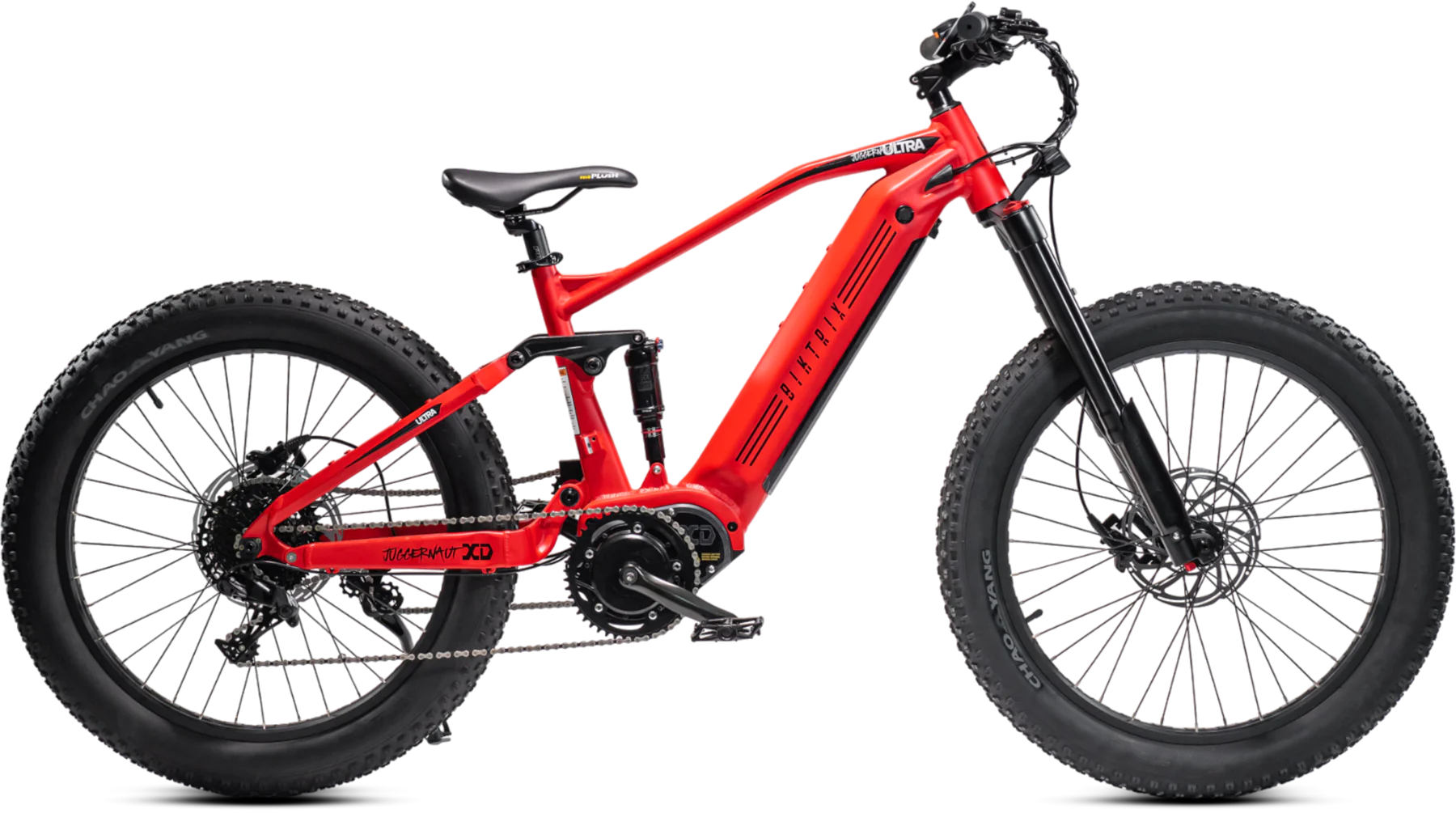Sign up for daily news updates from CleanTechnica on email. Or follow us on Google News!
End-of-life issues have begun to bedevil the US wind industry as thousands of old and out-of-date wind turbines head for the dustbin of history. Fortunately, help is on the way. Re-powering older wind farms with new equipment is one way to salvage at least some parts of an old wind turbine for re-use instead of dumping them in a landfill. Another approach involves leveraging the emerging distributed wind market to restore the whole turbine to life, from soup to nuts.
What’s So Big About The Distributed Wind Turbine Market?
While much attention has focused on the massive scale of new wind turbines and wind farms, another significant part of the renewable energy transition has been bubbling up from the US power generation landscape.
If you guessed distributed wind is in the mix, run right out and buy yourself a cigar. Distributed wind falls into the category of distributed energy resources, which refers to a focus on energy resilience and decentralization, rather than continuing to rely on the centralized power generation model of the past.
As described by the US Department of Energy, wind turbines of any size can fit the distributed energy resources model, so long as they generate electricity for use on site, or for contribution to a local distribution grid.
Expanding the foothold of small and mid-sized turbines in the distributed energy field has been a challenge, especially compared to the robust growth of the market for small rooftop and ground-mounted solar arrays. Nevertheless, the US Department of Energy has been supporting the effort.
Earlier this year, for example, the Energy Department launched a new program in collaboration with the Department of Agriculture, aimed at recruiting 400 farmers into the distributed wind fold.
“The new push for wind power builds on a US Department of Energy study that makes the case for pumping up the nation’s supply of distributed wind power, meaning hyper-local wind farms and individual wind turbines,” CleanTechnica reported in March.
Wind Turbines & The Circular Economy Of The Future
With that in mind, let’s take a look at the wind turbine refurbishing firm Rockwind. The company reached out to CleanTechnica this week with a reminder that the US Department of Energy tapped it for one of 20 awards in Phase I of the new “Re-X Before Recycling Prize” competition.
The Re-X program is aimed at drawing attention to the sustainability benefits of re-using various products and parts instead of grinding them up or melting them down in a recycling center.
“By stimulating innovation and private investment in circular economy approaches, the innovations developed through this prize will reduce life cycle energy and emissions, strengthen circular supply chains for emerging clean energy technologies, and decrease the demand for virgin materials,” the Energy Department notes.
The Energy Department further observes that processes and applications that center re-usability complement the broader aims of the Biden administration. “Innovations that enable new or expanded Re-X supply chains can also engage communities and labor, advance diversity, equity, inclusion, and accessibility (DEIA), and support the implementation of the White House Justice40 Initiative,” they explain.
New Life For Old Wind Turbines
Rockwind focuses on mid-sized, standalone wind turbines ranging from 400 to 900 kilowatts. That’s peanuts compared to the multi-megawatt utility-scale wind turbines of today, but it’s a lot more than the small wind category, which includes micro wind turbines of 20 watts on up to small wind turbines in the 100-kilowatt category silo.
Apparently there are also enough mid-sized turbines in circulation to support Rockwind’s refurbish-and-reuse business model.
“Hundreds of wind turbines are being decommissioned to make way for even larger wind turbines, but those wind turbines can be cost effectively refurbished and reused in distributed energy applications,” Rockwind notes.
Re-Using Old Wind Turbines: The Devil Is In The Details
That sounds simple enough, but Rockwind emphasizes that quality control is imperative. A distributed wind installation typically involves just one or two turbines at a given site, often in remote locations. That translates into higher costs for servicing and maintenance. “Our goal, when selecting a decommissioned turbine, is to ensure we get the best value for our customers with a strong emphasis on minimal maintenance and a long operating life,” Rockwind explains.
When the company first launched, it imported decommissioned wind turbines from Europe to the US Midwest for a makeover. Ranging in size from 600 kilowatts to 1 megawatt, these turbines were selected based on their 40-year design lifespan, which Rockwind describes as “built to aerospace quality.” They were replaced with larger models after just 20-25 years in service, leaving a respectable amount of lifespan in a new location.
The company’s current plans include refurbishing decommissioned wind turbines from US wind farms as well. Either way, much of the refurbishing process involves replacing the older drivetrain with new parts that reflect modern materials and technology improvements.
“We pay for the highest quality parts that have been shown to last longer and perform better,” Rockwell emphasizes.
In addition to repainting the towers, the refurbishing work also includes rebuilding the blades with leading edge tape and stall strips. These extra touches improve the efficiency and lifespan of fiberglass blades beyond their performance when new, as described by Rockwind.
Many Paths To The Sustainable Wind Turbine Of The Future
Beyond the distributed wind field, the idea of remaking an older wind turbine into a more efficient power generating station has also taken hold among wind farm developers.
Some repowering projects involve re-using the wind turbine tower, but in others the entire turbine is replaced. A 2019 repowering project in Wyoming, for example, involved replacing 68 wind turbines from the 1990s with just 13 new, more powerful models. The result was a 60% increase in output along with lower maintenance costs.
Wind turbine technology improvements are also happening so fast that some wind farm developers are engaging in a sort of pre-repowering strategy. The high profile Vineyard Wind offshore wind project in Massachusetts, for example, was originally planned as an 84-turbine array. Before construction began, the developer switched to GE’s new Haliade-X offshore turbines, trimming the final number down to 62 turbines.
As for other sustainability improvements, the Energy Department is focusing attention on the more efficient use and longer lifespan of materials, in addition to innovations in turbine material recycling.
Wooden turbine towers and turbine blades are also among the new developments to hit the CleanTechnica radar.
In another interesting twist, the Swiss energy storage firm Energy Vault has introduced the idea of incorporating recycled turbine blades in its gravity-based energy storage system, with an assist from the US branch of the global firm Enel Green Power.
Earlier this year, Enel suggested that the idea has come to fruit. In a press release describing Energy Vault’s new 18-megawatt energy storage project in Texas, Enel noted that fiberglass from decommissioned wind turbines can be used to reinforce the moving weights deployed in the system.
I’ll check in on Enel to see if “can be” means “was actually,” so stay tuned for more on that.
Follow me via LinkTree, or @tinamcasey on Threads, LinkedIn, and Instagram.
Image: A US firm is refurbishing, upgrading, and relocating older wind turbines for re-use in the distributed energy resources market, earning it a slot in the Re-X Before Recycling competition of the US Department of Energy (courtesy of US DOE).
Have a tip for CleanTechnica? Want to advertise? Want to suggest a guest for our CleanTech Talk podcast? Contact us here.
Latest CleanTechnica.TV Videos
CleanTechnica uses affiliate links. See our policy here.
CleanTechnica’s Comment Policy




